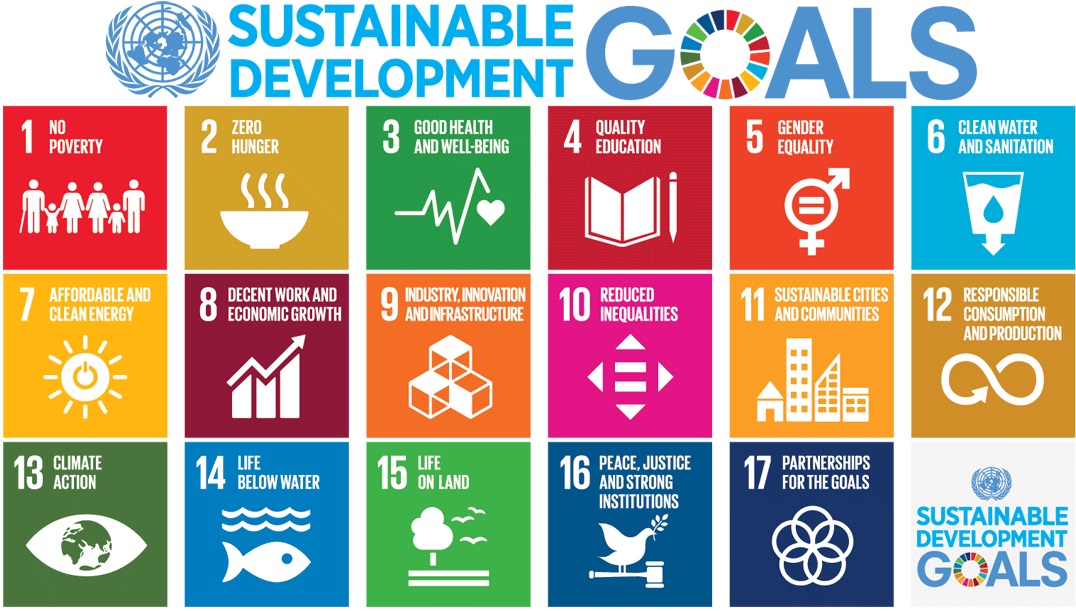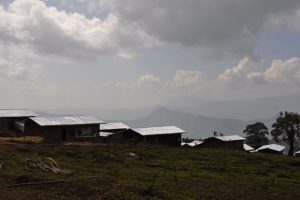
ADDIS ABABA– With its ongoing progresses in economic growth, infrastructure building, social development and the building of democratic system Ethiopia is likely to join Lower Middle Income Countries (LMIC) category by 2025, according to National Planning Commission (NPC).
The report of NPC stated that Ethiopia is waging an ardent struggle to join LMIC. It also revealed that the country has already scored remarkable achievements in six of the eight Millennium Development Goals (MDGs).
The two unmet goals are gender equality and empowerment as well as improving maternal health. On account of its appreciable performance in the MDGs, Ethiopia was selected by the UN as one of the 50 countries tasked with providing data for the preparation of the 2030 Sustainable Development Agenda.
As to the report, Ethiopian’s per capita income has also reached USD 863 in 2016/17 and the country’s GDP now stands at 1.8 trillion Birr. Additionally, the country’s supply side GDP grew by 10.9 percent during the 2016/17 budget year. As a result, it is possible to speculate that Ethiopia can easily achieve development criteria to graduate LDCs LMICs even before 2025, the report emphasized.
Meanwhile, UNCTAD’s 2019 LDCs report revealed that things will be difficult for LDCs unless they exert meticulous effort in reducing their external debt. As an illustration, from among $52 billion debt of Ethiopia $27 billion is from external debt of which it covers 32-33 percent of its Gross National Income, the report revealed.
According to the report, 47 countries (32 in Africa) are currently designated by the United Nations LDCs as to which UNCTAD devoted its 2019 least developed countries report published last week.
According to Taferre Tesfachew (PhD), principal advisor for Ethiopian Investment Commission and delegated person for UNCTAD, countries are at different stages according to their debt stress. Subsequently, five of them are under debt distress level, while 13 including Ethiopia are under high risk level. But the rest 17 and nine are under moderate and low risk respectively.
As to Taferre, domestic finance mobilization like taxation is one of the best solutions for countries like Ethiopia in order to decrease their external debt. Despite limitation of fiscal space, taxation in Ethiopia is increasing significantly, the report indicates. Within a country where some 70 percent of the population lives in rural areas, it is difficult to collect appropriate amount of tax.
Coupled with structural transformation; increasing FDI, development assistant and concessional borrowings are alternative solutions for LDCs to be deemed eligible for graduation from LDCs to lower middle income countries, Taferre explained.
NPC’s report on its part revealed that the country is undertaking domestic resources pooling and utilization as primary resource to ensure the implementation of the SDG-integrated GTP II at all levels. Up on it, efforts are underway to modernize the taxation system in order to be able to collect revenues generated
by the rapidly growing economy. Nevertheless, the tax revenue of the country is low at 11.6 percent share in GDP in 2016/17. The plan is to increase this share to 17.2 percent by the end of the GTP II period (2019/20).
Promoting the culture of saving among the people at large, expanding institutional-financial services, impro ving interest rates, expanding private and public social security coverage and utilizing saving facilities are also additional efforts by the government to pool domestic resources, the report explained.
The Ethiopian Herald, November 30/2019
BY HIZKEL HAILU





